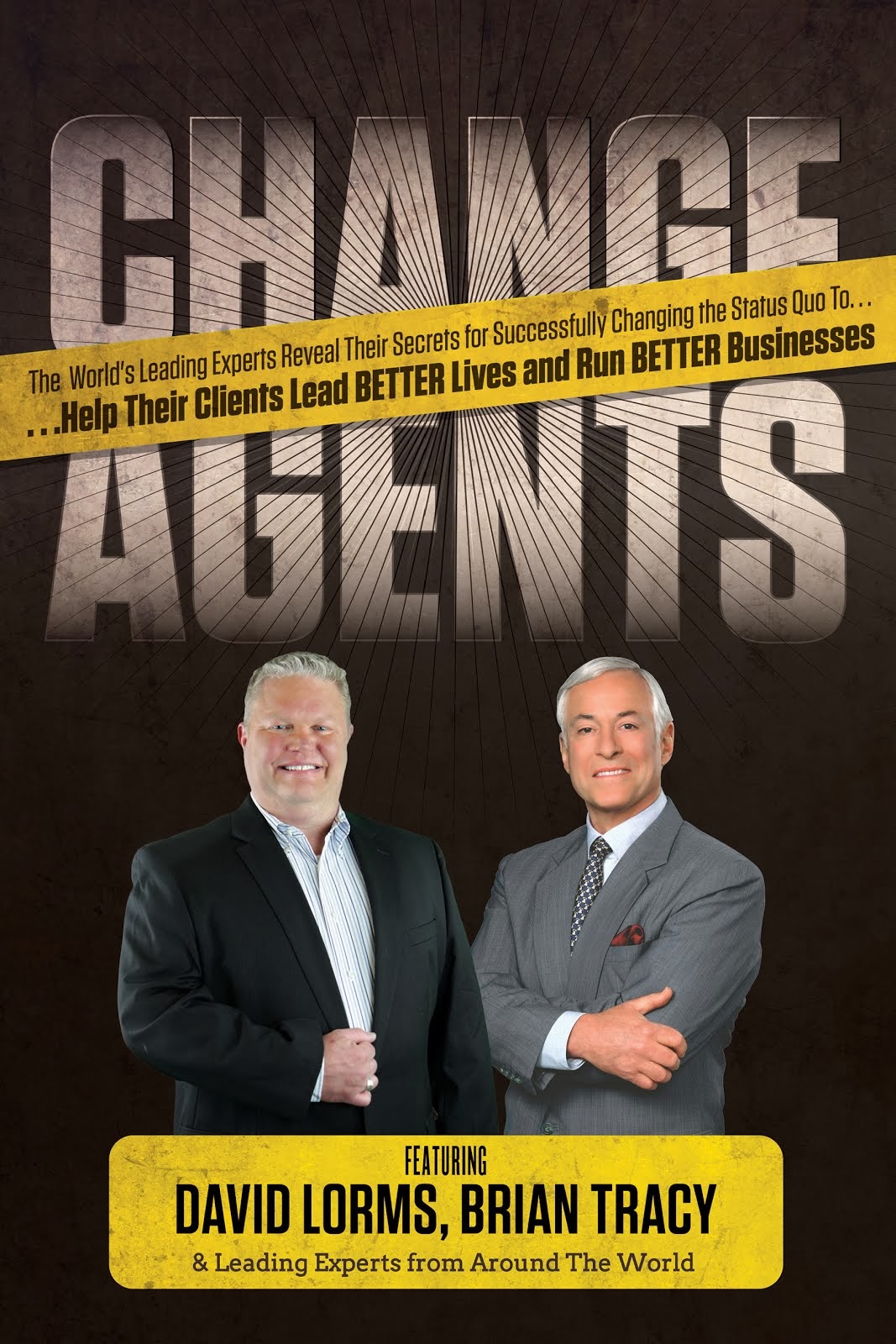
By Farmers Insurance by David Lorms
What you’ll discover in this report:
Surprising secrets about what’s covered in a standard Renter’s Policy!
The most dangerous myth about renters insurance
What to do before you ever have a claim
Protecting your jewelry, art, computer equipment and other valuables that
may not be covered!
Insurance jargon demystified! What are you really getting? Find out here...
BUSTING THE MYTHS ABOUT RENTERS INSURANCEIt is one of the most commonly repeated myths about insurance. Renters don’t need insurance because their landlord’s policy provides coverage for the renters’ property.
No, it doesn’t. Further, if someone slips and falls in your apartment or rented home, your landlord’s insurance usually won’t provide any coverage for you if you are sued.
Renters insurance is basically like homeowners coverage without coverage for the structure.
Note. Renters insurance provides coverage for your possessions and for liability if someone injured while on your premises sues you. Renters insurance also covers any of your possessions when they are away from your residence, including in your car.
In addition, renters policies provide what are called additional living expenses. If some catastrophe covered by the policy -- fire, bursting pipes -- makes the place you are renting uninhabitable, the policy will pay some of the costs you incur to live somewhere else while the residence is being repaired.
The coverage is usually limited to either a specific period of time, say 12 months, or what the insurance company considers a “reasonable length of time.” Also, there is a cap on the amount of additional living expenses the insurer will pay, usually a percentage of the total liability limits.
Like homeowners insurance, renters policies do not cover damage or losses resulting from flooding, landslide or earthquake -- although it is possible to buy coverage for these risks separately.
Actual Cash Value vs. Replacement Cost for rentersLike homeowners insurance, there are two options for covering your possessions:
Actual cash value, which is the replacement cost of an item minus depreciation.
Replacement, which allows you to buy a new item to replace the one lost, stolen or damaged, no matter how old that item is.
Note. Because replacement cost is better coverage, it costs more. Usually about 10% to 15% more.
Speaking of cost, renters insurance is fairly cheap when compared with other personal insurance policies. Usually, you can get a decent policy for about $200 a year, depending on where you live. If you choose higher limits for your personal property and liability coverage, you could pay as much as $400 a year.
The policy has dollar limits on certain types of items. For example, there is usually a $1,000 limit for jewelry and anywhere from a $3,000 to $10,000 limit for computer equipment. If you want higher limits, you can purchase an endorsement, or “floater,” to the basic policy.
Like homeowners insurance, renters coverage has a deductible -- the amount you will pay before insurance kicks in. The higher the deductible, the less your policy will cost.
You probably should have the same liability limits on your renters policy as you do on your auto insurance policy. Like your auto policy, you want to make sure your renters insurance will cover all your assets if you are sued.
If you are renting with a roommate or roommates, it’s probably best to include all your roommates on the policy. In addition, if you are living and renting with a significant other, many insurance companies will allow you to obtain joint coverage, just as if you were married.
If You Rent: How to Keep Track of What You Own... Tip. Like homeowners, you as a renter should have a written and visual inventory of all of your possessions. For items of significant value, you should write down the model numbers, serial numbers, date of purchase and price. Make a written copy of your inventory and keep it at another location, along with your photographs and/or video of the items. A safe deposit box is a good place to keep such records.
Note. If one of your “possessions” is a dog, you may find it more difficult to get coverage, particularly if that dog is a Rottweiler, Pit Bull or Doberman.
Tip. Finally, remember that many insurance companies give discounts to those who have multiple policies with a given insurer. Shop around, or have your agent shop around, for insurance companies that have the best rates, discounts, etc., for renters and auto insurance if both are placed with the same company.
Be a smart consumer...but don’t try to be your “own agent.” Protection for you and your family requires constantly vigilance....and a partnership between you and your professional agent. For the latest information on how to save money AND get the best protection for yourself and the people you care most about call Farmers Insurance by David Lorms at 713-688-8669.












